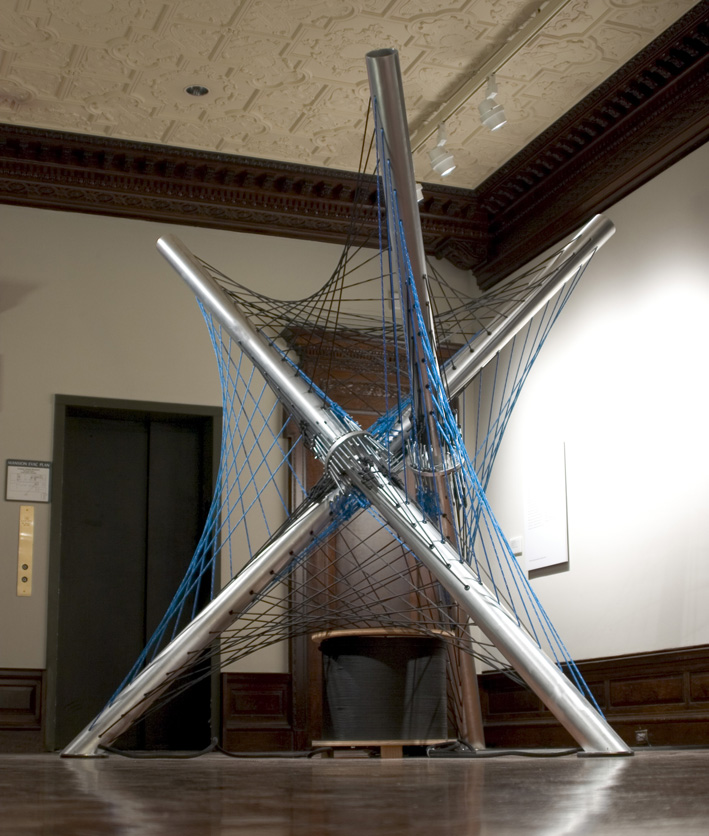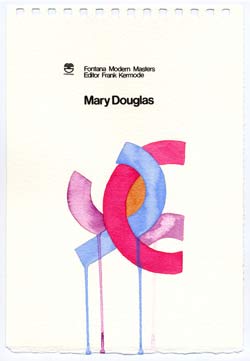Architecture, ideology and the city (in 90 minutes)
Subtitle: radical passivity!
So, they talked a lot about diagrams as icons vs indexes, mentioned the moebius strip, and each other through the decades in anecdotal 3rd person.
Peter wore a bow tie, called himself a sportscaster and Rem showed some nice graphs about architects' wages and personality attributes, which made the architects laugh.
But this wasn't as good as when they talked about needs.
They talked a lot about needs: the need for non-phallocentric towers. The need for buildings to have an internal didactic nature. The need for neutrality: the declining importance of the spectacular: moving away from the production/allure of difference.
(Rem's bored of it. Which is different and spectacular, but anyway.)
Can't keep going beyond. Which is where radical passivity / non passive passivity comes in. Not to necessarily know, but an engaging illegibility: to become involved in nothing happening. I say: secret codes.
Eisenman's taking tips from
Michael Haneke. He wants to translate films like code inconnu and cache into physical spaces. I'm yet to see these films, I have no idea. In relation to his Holocaust memorial, it's an easy concept to grasp.
They mentioned
Blanchot at this point, which was nice, his ideas tie in with a lot of theirs.
At this point I should mention that, amongst other things,
this is good:
Favourite quotes of the evening: (- context ++bells)
Rem to Peter: "what you say almost makes me cry."
Peter to Rem: "where will Rem go next?"
Rem to Peter: "you are a successful politician."
Peter to 4 rooms of people: "teaching studios is a waste of time."
Rem to 4 rooms of people: "books are important."

























